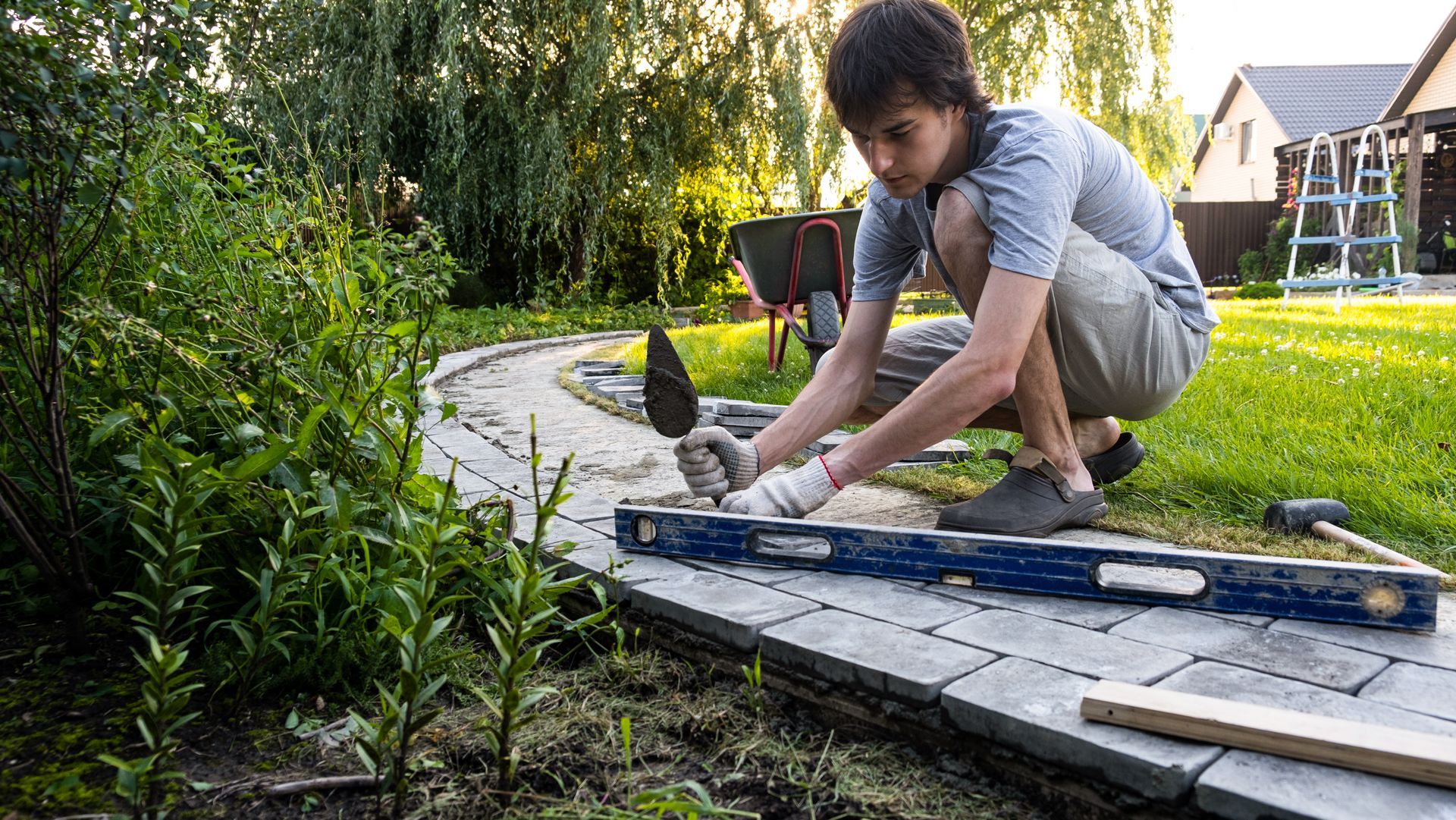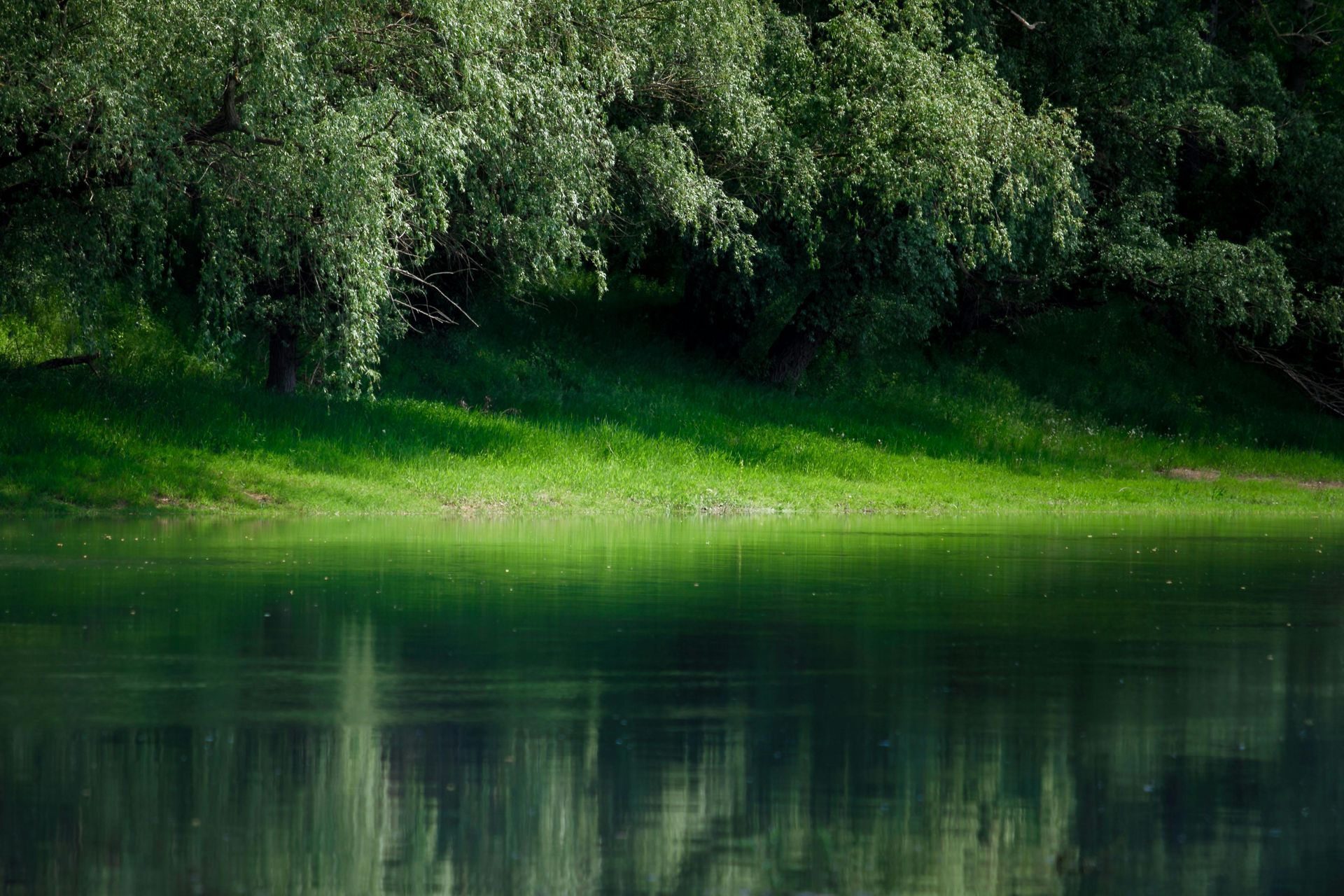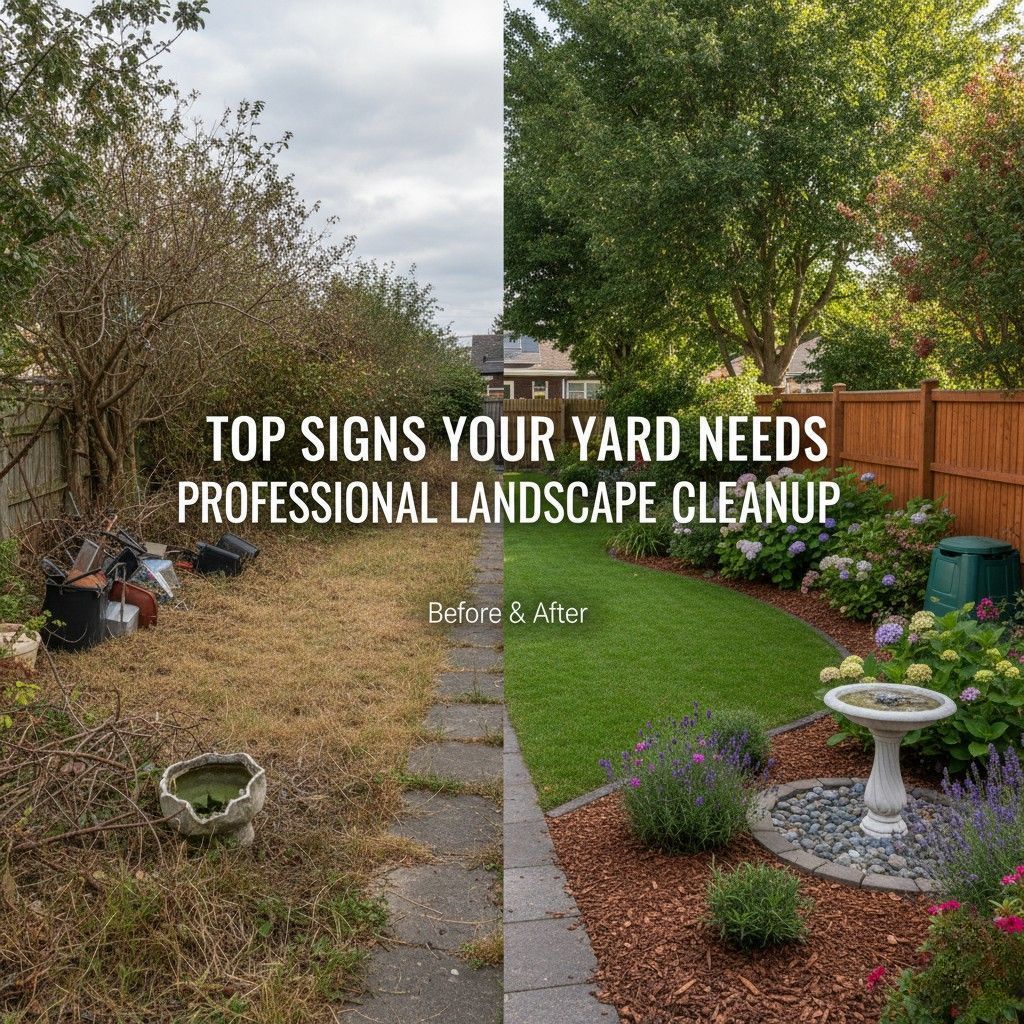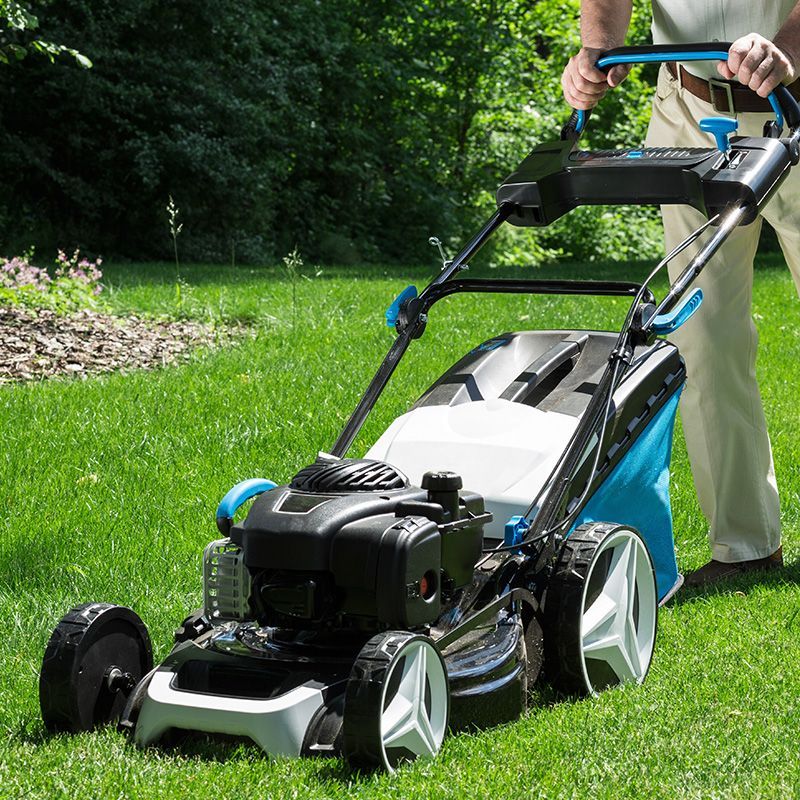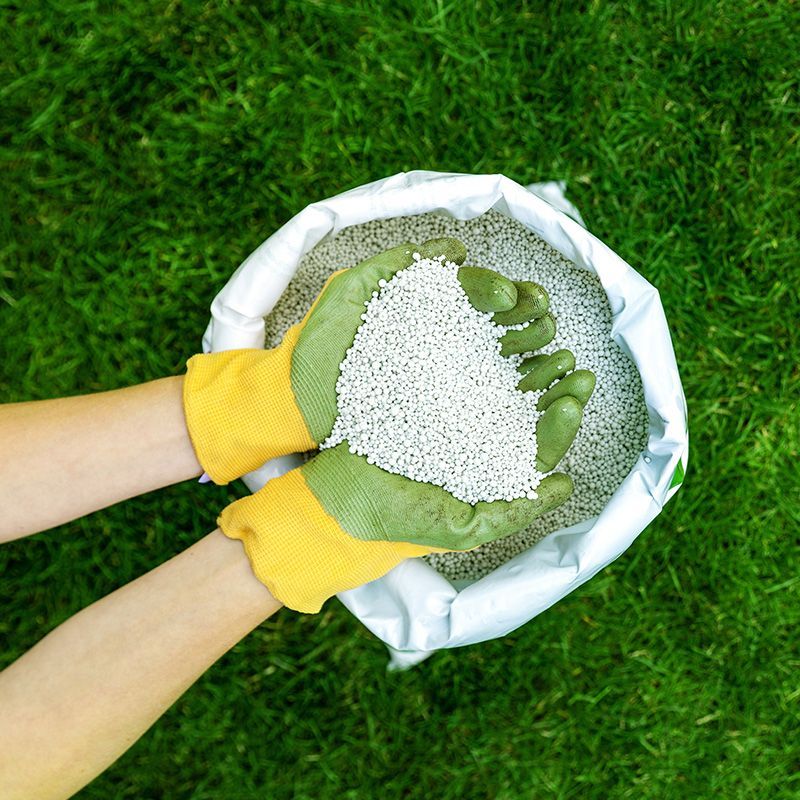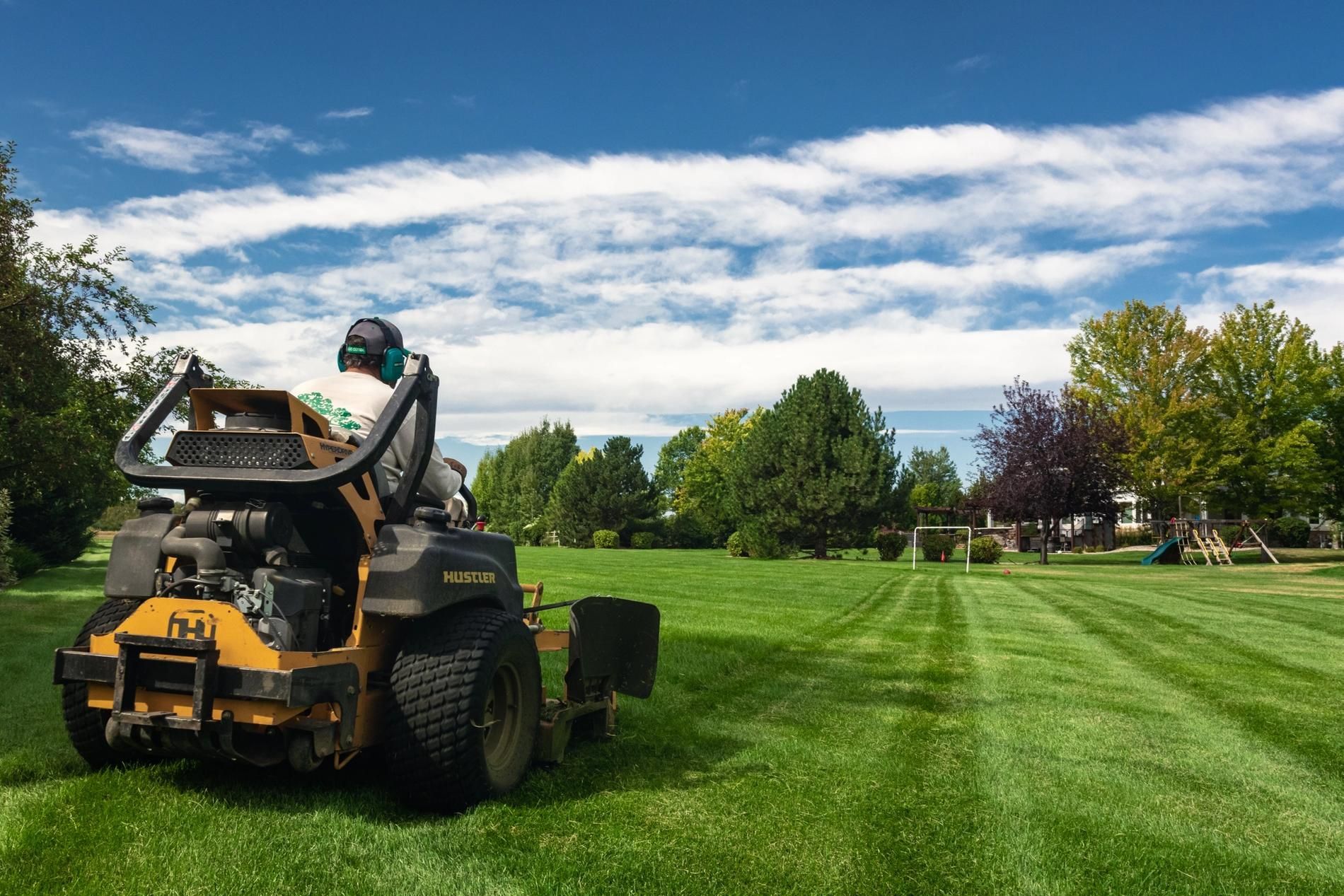Hardscaping vs. Softscaping: What's Right for Your Outdoor Space?
When planning your outdoor living area, understanding the balance between hardscaping and softscaping is essential for creating a functional, beautiful, and sustainable landscape. These two fundamental elements work together to transform your yard from a blank canvas into a cohesive outdoor retreat. Let's explore what each encompasses, their benefits, and how to determine the right mix for your space.
Understanding the Basics
Hardscaping refers to the non-living, solid elements in your landscape design. This includes patios, walkways, retaining walls, driveways, decks, pergolas, fire pits, water features, and any other structural components made from materials like stone, concrete, brick, wood, or metal. Hardscaping provides the "bones" of your outdoor space, creating structure, definition, and functionality.
Whether you're planning a new patio, walkway, or retaining wall, our professional hardscaping services provide the structure and beauty that define your outdoor space.
Softscaping, on the other hand, encompasses all the living, horticultural elements of your landscape. This includes grass, flowers, shrubs, trees, ground covers, mulch, and soil. Softscaping brings color, texture, fragrance, and natural beauty to your yard while also providing environmental benefits like improved air quality and temperature regulation.
The Benefits of Hardscaping
Hardscaping offers numerous practical advantages that make it an invaluable component of landscape design. From a functional perspective, hardscaping creates usable outdoor living spaces where you can entertain guests, dine al fresco, or simply relax. A well-designed patio becomes an extension of your home, while pathways guide movement through your yard and protect your lawn from wear patterns.
Maintenance is another significant benefit. Unlike grass that needs regular mowing or flower beds that require constant weeding, hardscape features are relatively low-maintenance once installed. A stone patio or concrete walkway needs only occasional cleaning and resealing, saving you time and ongoing costs. This makes hardscaping particularly appealing for busy homeowners or those who want to enjoy their outdoor space without dedicating every weekend to yard work.
Hardscaping also addresses practical problems like drainage issues and erosion. Retaining walls can transform sloped yards into terraced, usable areas while preventing soil erosion. Permeable pavers allow water to drain properly, reducing runoff and pudding. In regions with water restrictions or drought conditions, replacing large expanses of thirsty lawn with attractive hardscaping can significantly reduce water consumption.
From a financial perspective, quality hardscaping adds substantial value to your property. Potential buyers consistently rate outdoor living spaces as desirable features, and professional hardscaping can offer a return on investment of 50-100% depending on the materials and scope of the project.
The Benefits of Softscaping
While hardscaping provides structure, softscaping brings your landscape to life. The environmental benefits alone make softscaping indispensable. Plants produce oxygen, filter air pollutants, and absorb carbon dioxide, contributing to better air quality. Trees and shrubs provide natural cooling through shade and evapotranspiration, which can reduce your home's energy costs by up to 25% in summer months.
Softscaping also plays a crucial role in managing stormwater. Plant roots absorb rainwater and prevent runoff, while ground covers and mulch reduce soil erosion. This natural filtration system helps prevent pollutants from entering local waterways and reduces the burden on municipal drainage systems.
The aesthetic benefits of softscaping are equally important. Plants provide seasonal interest with changing colors, textures, and blooms throughout the year. A carefully planned garden offers visual delight in spring with flowering bulbs, lush greenery in summer, vibrant foliage in fall, and interesting bark or evergreen structure in winter. This dynamic quality creates a landscape that evolves and surprises, unlike static hardscape elements.
Softscaping also supports local ecosystems by providing habitat and food sources for pollinators, birds, and beneficial insects. Native plants are particularly valuable in this regard, as they've evolved alongside local wildlife and typically require less maintenance, water, and pesticides than exotic species.
From a sensory perspective, softscaping engages more than just sight. The fragrance of jasmine or roses, the rustling of ornamental grasses in the breeze, and the texture of soft moss or feathery ferns all contribute to a rich, immersive outdoor experience that hardscaping alone cannot provide.
Keep your garden thriving and colorful through every season with our expert seasonal landscaping maintenance programs.
Finding the Right Balance
The ideal landscape incorporates both hardscaping and softscaping in proportions that suit your lifestyle, climate, budget, and aesthetic preferences. There's no universal formula, but several factors should guide your decisions.
Climate and Environment: In arid regions, you might lean more heavily toward hardscaping and drought-tolerant plants to conserve water. In areas with ample rainfall and moderate temperatures, lush softscaping may be more practical and sustainable. Consider your local weather patterns, soil conditions, and native plant communities when determining your balance.
Lifestyle and Maintenance: Honestly assess how much time and energy you want to dedicate to landscape maintenance. If you travel frequently or simply prefer minimal upkeep, increasing your hardscaping ratio makes sense. If you find gardening therapeutic and enjoy nurturing plants, a higher proportion of softscaping will bring you satisfaction.
Functionality Requirements: How do you want to use your outdoor space? If you frequently entertain large groups, you'll need substantial hardscaping for seating and dining areas. If you have children or pets who need room to play, you might prioritize lawn areas. If you're an avid gardener, you'll want generous planting beds.
Budget Considerations: Hardscaping typically requires a larger upfront investment but lower ongoing costs. Softscaping is often less expensive initially but requires consistent maintenance expenses. Consider both short-term and long-term costs when planning your landscape.
Property Size and Architecture: Smaller yards often benefit from strategic hardscaping that maximizes usable space, while larger properties can accommodate more expansive planting areas. Your home's architectural style should also influence your choices. A modern home might pair well with clean-lined concrete patios and minimalist plantings, while a cottage-style house could feature curved stone pathways meandering through abundant flower beds.
Design Principles for Integration
The most successful landscapes seamlessly blend hardscaping and softscaping so that neither overwhelms the other. Use hardscape edges to create clean transitions between different areas and contain planting beds. Soften hard edges with trailing plants, ornamental grasses, or ground covers that spill over retaining walls or between pavers.
Create visual connections by repeating materials and colors. If you're using natural stone for your patio, incorporate similar tones in your plant selections. Use the texture of hardscape materials as contrast to your softscaping choices—smooth concrete pairs beautifully with billowing ornamental grasses, while rough stone complements delicate flowering perennials.
Consider scale and proportion carefully. Large expanses of hardscaping can feel harsh without sufficient softening from plants. Conversely, hardscape elements should be substantial enough to provide structure without disappearing among vigorous plantings.
Think about seasonal changes and how your landscape will function year-round. In regions with cold winters, ensure your hardscaping provides visual interest when plants are dormant. In hot climates, plan for shade structures and cooling water features alongside heat-tolerant plants.
Making Your Decision
Start by creating a comprehensive plan that considers your entire property. Walk through your space at different times of day and in various seasons if possible. Take photos and notes about problem areas, views you want to preserve or block, and how sunlight moves across your yard.
Consult with landscape professionals to get expert input on drainage, soil conditions, and structural requirements. Even if you plan to DIY much of the work, professional advice during the planning phase can prevent costly mistakes.
Phase your project if budget or time is limited. Many homeowners begin with essential hardscaping like patios and pathways, then gradually add and refine softscaping over several seasons. This approach allows you to observe how your space functions and make adjustments before committing to permanent plantings.
To preserve the fresh look of your hardscape surfaces, regular pressure washing services can remove dirt, mold, and stains while maintaining lasting appeal.
To Summarize
Neither hardscaping nor softscaping alone creates a complete landscape. The magic happens when these elements work together, each enhancing the other's strengths. Hardscaping provides the structure and functionality that makes outdoor spaces livable, while softscaping brings beauty, environmental benefits, and the ever-changing vitality of nature.
Your ideal balance will be unique to your property, preferences, and priorities. By thoughtfully considering how you want to use your space, how much maintenance you're willing to undertake, and what aesthetic speaks to you, you can create an outdoor environment that feels like a natural extension of your home and a personal sanctuary. Whether you lean toward the clean lines and permanence of hardscaping or the organic beauty and environmental benefits of softscaping, the key is creating a harmonious composition that serves your needs while respecting the natural character of your site.
